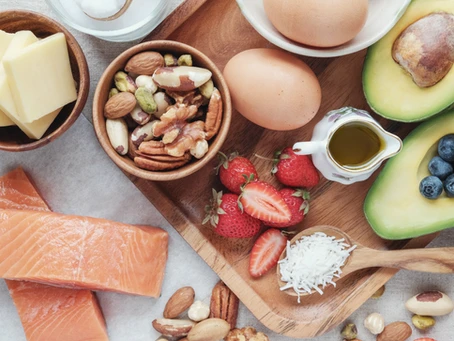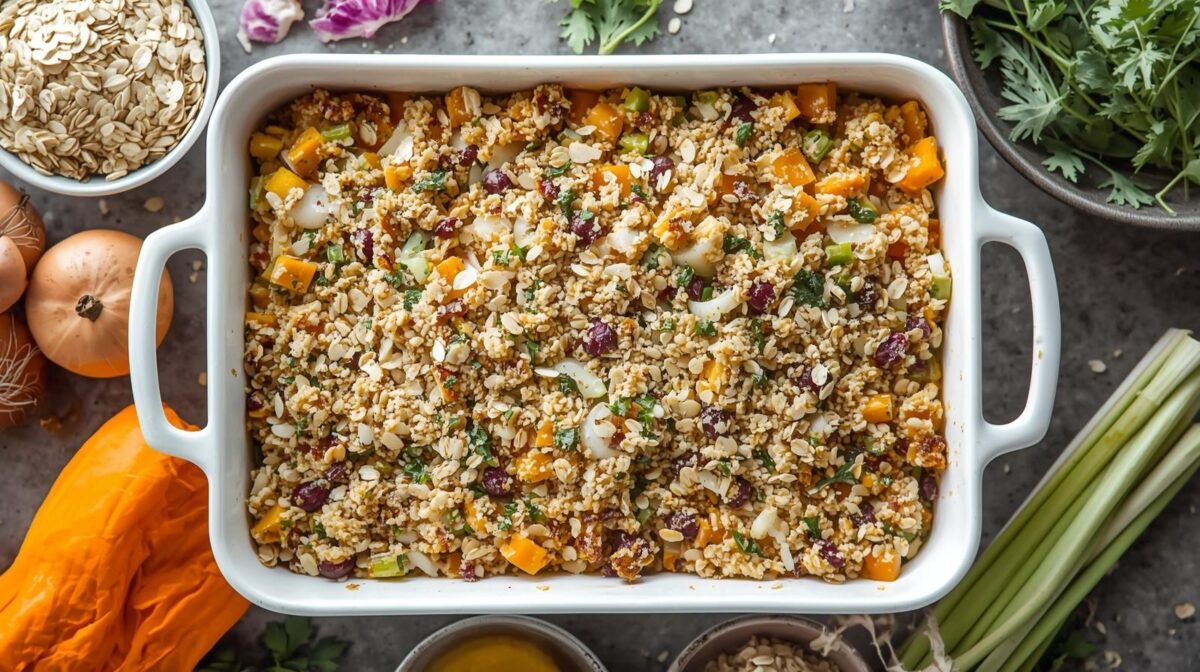The hardest step is the first step. It can feel like facing mount Everest when changing up dietary habits to better support overall health. This guide will help you prepare and take those first essential steps on a journey that truly change your life.
You might be wondering if it’s possible that simple nutritional changes can really make that much of a difference, I’d challenge you to implement some of these suggestions to see how it impacts your health. I’m still amazed at times at how quickly people’s health can improve by making changes that seem so simple.
Why Are You Doing It?
Your reason or “why” for doing anything is a must-know. If you don’t know why you’re doing something, what’s the point of doing it at all?
Defining your “why” for making healthful changes can help attach a deeper meaning to it and cultivate a stronger motivation to keep it up.
Are You Comfortable With Labels?
I’ve been reading food labels since I was 9 years old after being diagnosed with T1D. This was a skill I had to know to be able to calculate the correct amount of insulin I needed to give myself.
Because this was such a “normal” part of life for me growing up, it’s easy for me to forget that not everyone is this comfortable with deciphering the numbers on the backside of foods.
The photo below gives a quick run-down of understanding a food label. I’m emphasizing this skill first because we have to be able to make sense of this information if our goal is to eat to support health.
When you know your aim for the day overall and for each meal, reading labels can be the difference between hitting your target or overshooting one or more nutrients (i.e. carbs, fats, or protein – though the last is usually under-eaten).
What’s more, It’s important to be skilled in reading the FRONT of labels as well. There is a lot of deceit that happens on food labels.
Companies are very good at portraying less healthy foods as healthy by the marketing they use on labels. This presents a challenge for those who are trying to be mindful of their food choices for themself and their families.
Just Because the Label is Green, Doesn’t Mean it’s Clean
Look out for “feel-good” words and colors on food labels. Companies use misleading tactics that make food appear more health-conscious than it actually is. Green pallets, leaves, trees, fields, and other natural elements are also used to lure you in.
Here are some common “wordy” marketing tricks to look out for on the front of labels:
- “All Natural” or “Natural” – Anything that grows from the ground or comes from animal products is technically “natural”. “Cholesterol-free food” – Plant-based foods never have cholesterol, but they say this to make you feel better about it. “Made with whole-grains” or “Multi-grain” – They can say this with any amount of a whole-grain ingredient. Even if it’s only 1%. “Gluten-Free” – This is stated on foods that do not or would not contain gluten to make them appear more “health-friendly” “Grass-Fed” – This means that the cows ate grass for any given point in their lifespan even if just for 1 week. Choose “100% grass-fed” or “grass-fed & grass-finished” “Toasted” or “Roasted” Nuts” – They are actually deep-fried in oil.
- “No Added Sugar” – This doesn’t mean that it’s a low-carb or low-glycemic food, just that they didn’t add extra sugar.
- “Sugar-Free” – They usually replace the sugar with fats, sugar alcohols, or artificial sweeteners.
- “Zero-Trans Fat” – Foods can contain up to 0.5g per serving and not have to list it as an ingredient.
- “Organic” – Yes, it’s true. Anyone can say that something is “organic” on the label but this doesn’t mean much. Look for “USDA Organic” to ensure they are following strict guidelines.
- “Chickens fed vegetarian diet” – Chickens are omnivores and cannot properly digest corn and grains resulting in inflamed and undernourished meat or eggs. Also, chickens are never given hormones!
I totally get that this is a lot of information to have on your radar at any given moment at the grocery store and it’s nearly impossible to avoid some of these things. Just remember that having this awareness is better than not knowing.
The best practice to avoid being fooled by big-box food companies is to read the ingredients. If you don’t recognize the ingredients as REAL food (i.e if it looks like a chemistry textbook), it’s not something you want to put in your body.
SAFE label words to look for include: “Paleo-approved”, “Whole-30-approved”, “AIP-approved”. You can also apply this to recipes that you find online. If they have these labels listed, you can bet it’s a clean recipes
IF DIETARY CHANGE FEELS OVERWHELMING:
I get it. It can be intimidating when faced with “turning your entire diet upside-down”. The great news is that healthful dietary changes are very easy to implement when taking baby steps rather than trying to change everything all at once.
Here are some simple and easy implementations that will drastically improve how you feel:
CHOOSE 1 IMPLEMENTATION PER DAY OR WEEK
- Substitute a healthier option in place of a common food life French fires. Instead, have a baked potato or sweet potato, a side salad, fruit cup, or try something you’ve never eaten before like cauliflower mash or cauliflower rice, quinoa, or tabouli
- Drink diet sodas instead of regular soda
- Or even better, have water instead of sugar-sweetened beverages
- Replace sugar in your tea or coffee with stevia, monk fruit, or calorie-free sweetener
- Choose grilled, baked, broiled, or braised foods instead of fried foods
- Use oil and vinegar on salads instead of commercial dressings
- Grab a Kind Bar from the gas station instead of your usual candy bar
- If you have dairy (milk, cheese, ice cream, yogurt), choose a low-fat or fat-free option
STEP-BY-STEP PANTRY RESET & GROCERY GUIDE
If you’re ready to make big strides in your habits to improve your health and wellbeing as well as that of your whole family, a reset of your food environment is an excellent step!
I will be the first to admit that I can steer clear of less-healthful foods when I’m grocery shopping. But if they’re in the pantry and readily available, all self-control goes out the window. If you’re like me, the best thing you can do to support your health goals is to keep them out of sight and out of mind. Reset the pantry!
The short e-book below is helpful for resetting your environment to one that supports and cultivates a lasting health-conscious life from the store to your pantry:
I hope you’ve found these tips helpful. If you’d like to dive deeper into personalized wellness with more specific and guided instructions, reach out to me to schedule a complimentary consultation to learn more about functional medicine and my health coaching programs.
















